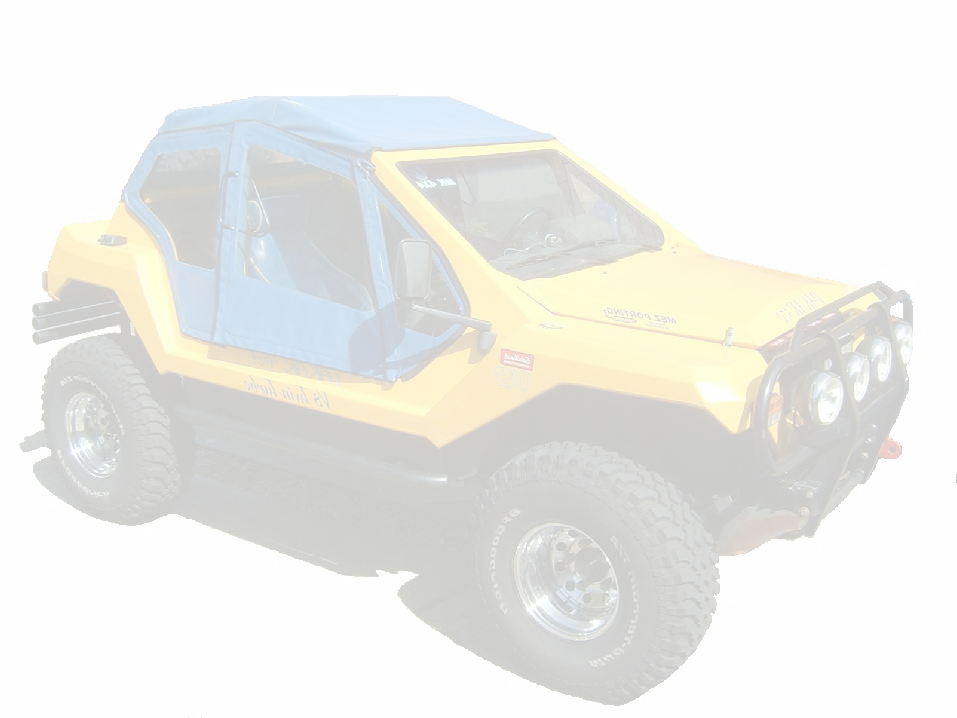
Discussion: Intercooling -
When a car is running forced induction -
This can be attributed to the fact the compressor housing is attached to the turbine
and therefore soaks up heat from the "hot" side of the turbo. On a 20'c day, off
-
Many people say that for low boost applications (6-
Two methods of cooling your charge temperatures exist:
Front Mount Intercooler (FMIC) or also known Air to Air
and
Chargecooling or sometimes called Air to Water cooling. (but probably more accurately Air to Water to Air)
The debate over which type is best continues to roll on, I think its less about which is best, but which is more suitable. The quick answer in my opinion is:
Air / Air Intercooling is the best form of cooling.
Air / Water is the second best.
Benefits of intercoolers: Simple
Effective
Lightweight Cons: Requires quite high air flow to be effective
Requires long and bulky charge pipes to be plumbed round engine bay
Boost lag because of volume (i wouldn't get too hung-
Benefits of chargecoolers:
Compact
Good heatsink ability
Can be placed very close to engine (if not ON the engine)
Flexible -
More plumbing
Requires a pump
Heavier
One of the only times a chargecooler can outperform an intercooler on a significant
scale is by pumping COLD water through the core. An ice compartment is placed in
the boot, where the water is pumped over it, this can achieve inlet temperatures
LESS than ambient. This is only of use on the drag strip or on dyno shoot-
All coolers whether a air/air or air/water are also heatsinks, Chargecoolers provide
the best heatsink capability due to the fact that they contain water -
Chargecooling usually eases packaging constraints. The chargecooler can be placed
close to the turbo or manifold. The pre-
- Street use with speeds that provide constant air-
flow over your cooler would steer towards intercooling. - For Drag Strip, Dyno queen or packaging constraints -
then a chargecooler provides good benefits.
So if intercooling is the best -
I have opted to go for chargecooling because I'm a cautious person who always likes to leave a reverse path to remove something if it doesn't work or I don’t like it.
I know an intercooler would provide good results on my car, but I didn't want to
route pipes out to the front of the car, possibly cutting the bodywork -